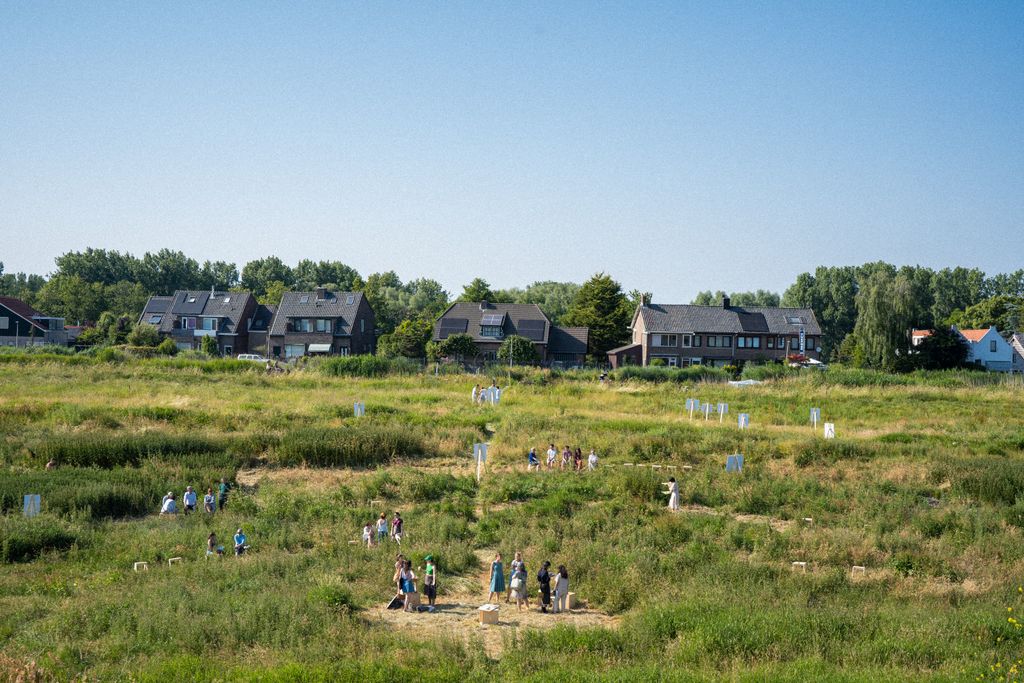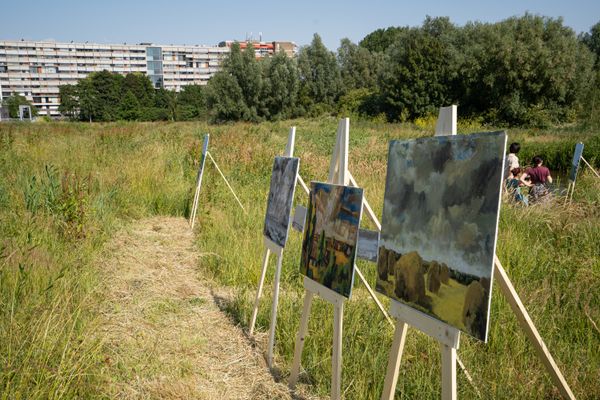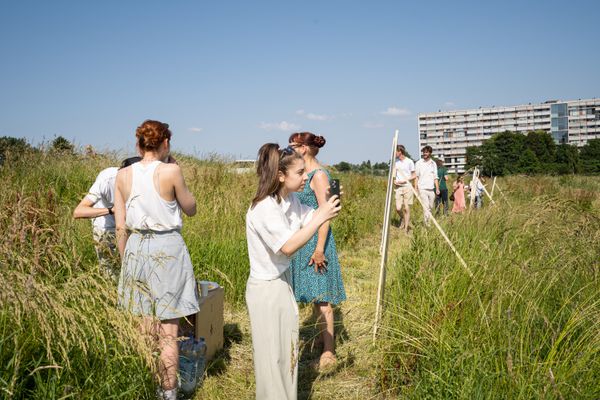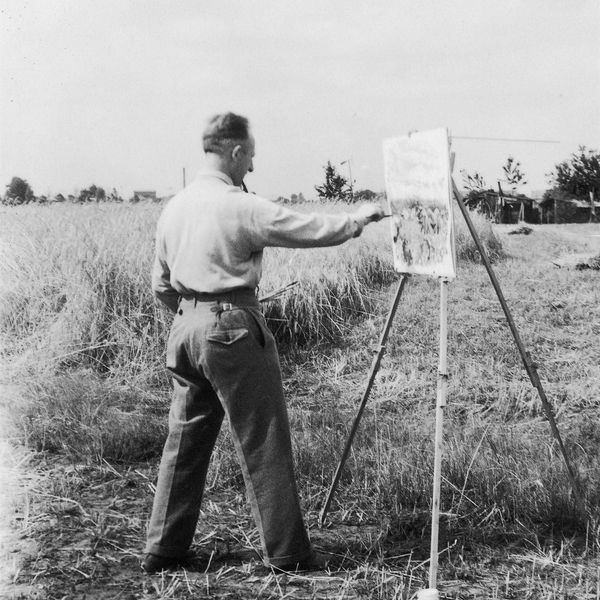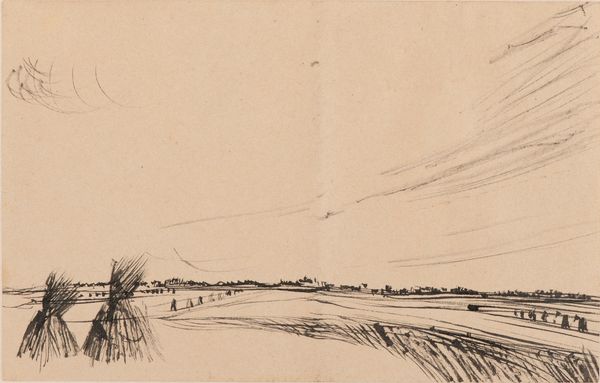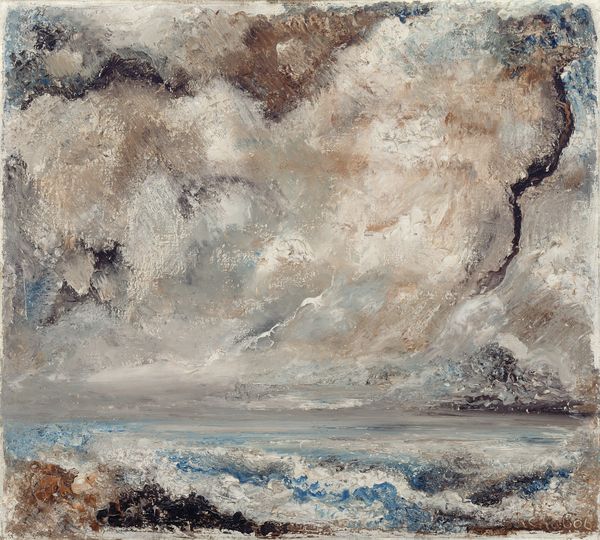Artist Henk Chabot (1894-1949) lived in a small house near the Rotte, where he looked at the open polderscape and the everchanging sky. It is there that he produced his iconic depictions of the Dutch landscape, like The Fire of Rotterdam (1940). However, in the past century, due to the expansive urbanization along the Maas and the recreation-ization of the polders along the Rotte, the area where Chabot lived remains as the only fragment of that open and quiet landscape. The construction of the A16 highway only further divided the land. Paradoxically, it also causes an important moment in time for action and redefinition. How can this place’s inherent qualities be emphasized, so that it can emerge as an expressionist, cultural landscape?
From an early age, Henk Chabot (Sprang 1894 - Rotterdam 1949) exhibited a deep appreciation for the natural world. His fascination with nature, landscapes, and the earth itself permeated his work, creating a distinctive and evocative style that captured the essence of the land. Chabot explored different artistic techniques to express his impression of the land and its ever-changing elements, his brushstrokes were bold and vibrant, mirroring the raw energy and dynamism of the natural world. In 1918, Chabot moved to Rotterdam where he became an active member of the Rotterdam art scene. He moved to his house on the margin of the Rotte River where he observed and painted the polder landscape and its transformations over time. Chabot’s artistic career flourished, and he gained recognition for his powerful depictions of rural life and the human figure. His paintings often depicted labourers, farmers, and fishermen, capturing their resilience and the connection between humanity and the land.
